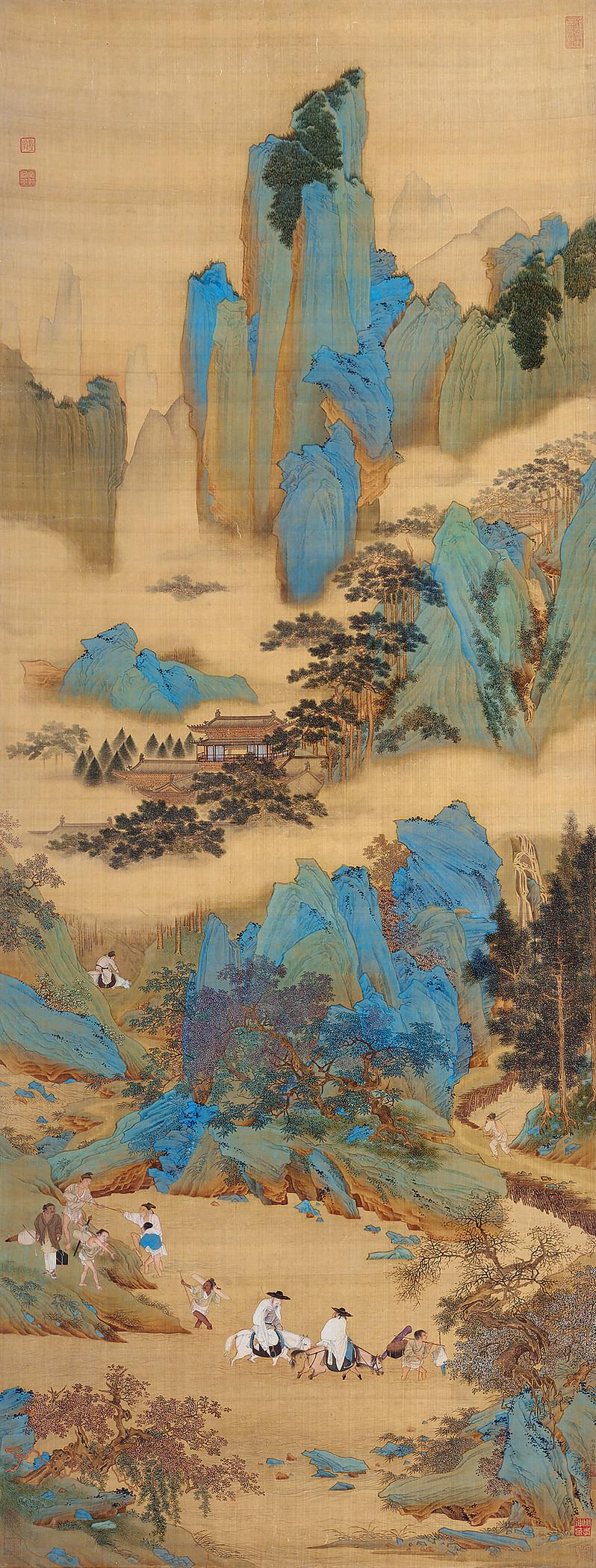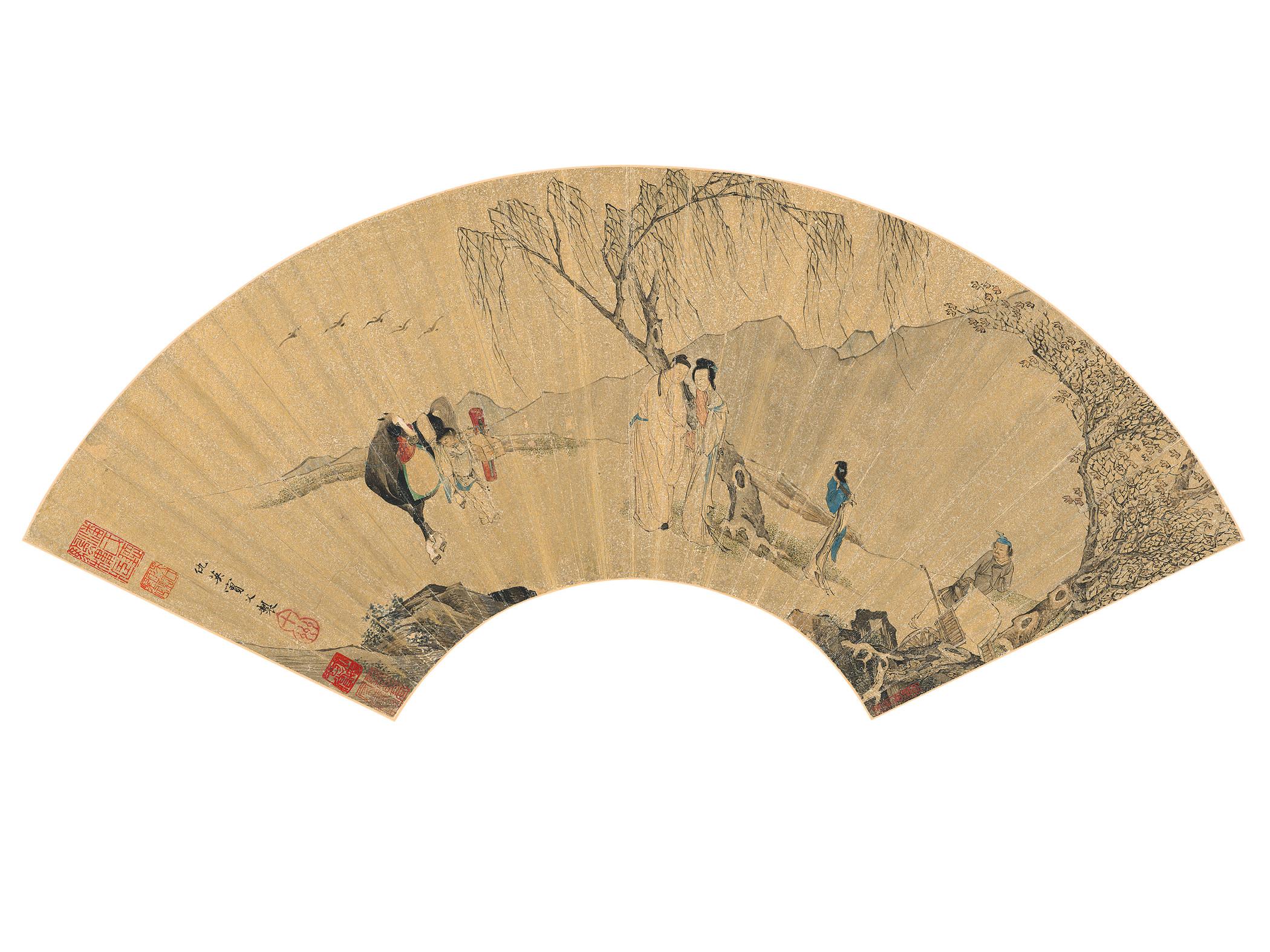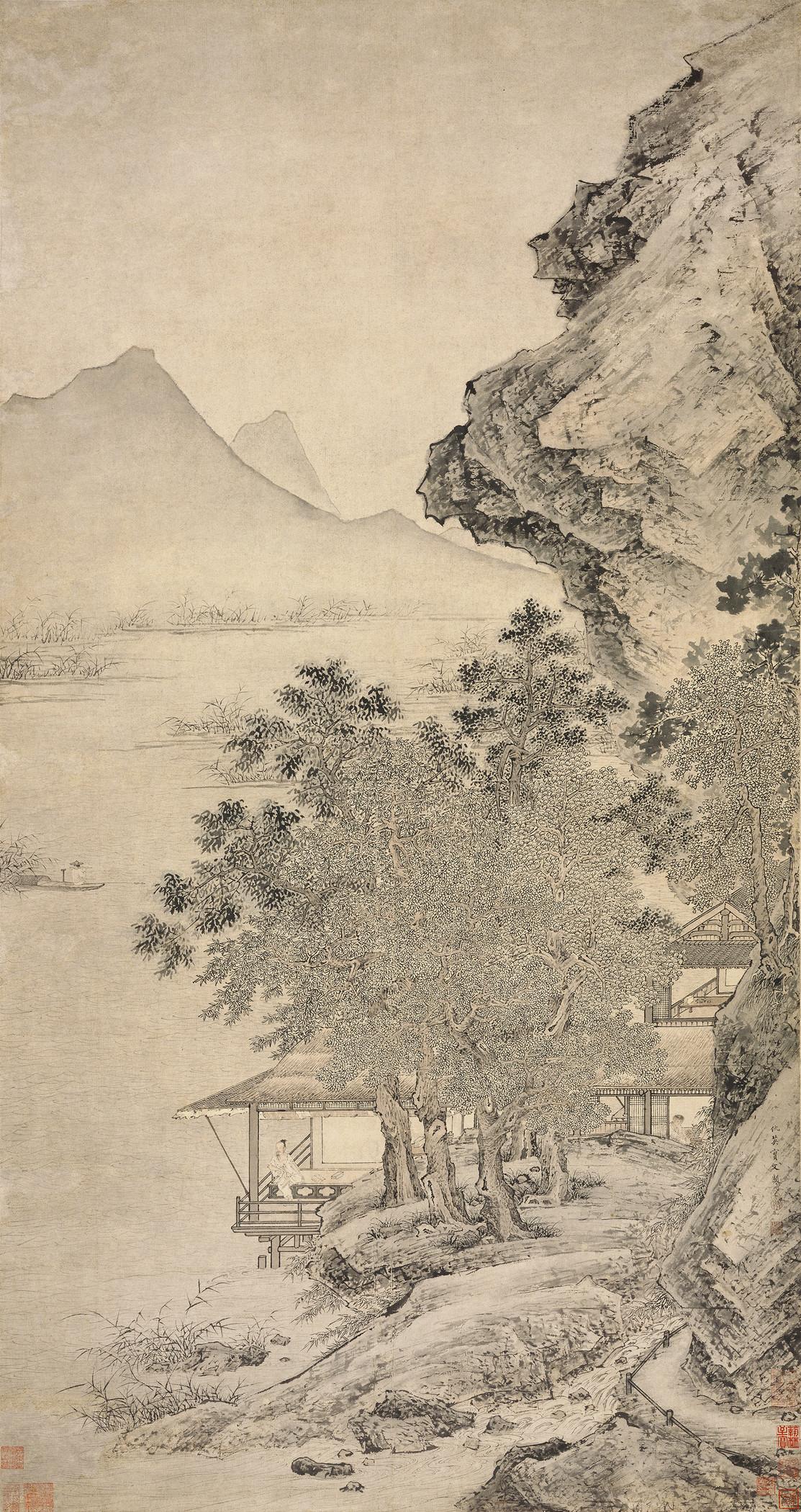Featuring a total of 65 works, 45 of which are by Qiu Ying, Where the Truth Lies brings forth the largest gathering of paintings by the artist ever assembled in the U.S. In addition to masterworks by Qiu Ying, the exhibition includes paintings by 17 other artists including his predecessors and teachers, his daughter Qiu Zhu, and followers from the early 16th through the mid-20th century. Where the Truth Lies is curated by Stephen Little, the Florence and Harry Sloan Curator of Chinese Art and head of Chinese, Korean, and South & Southeast Asian art at LACMA.
“Where the Truth Lies presents a bold new interpretation of the chronological development and stylistic and thematic range of Qiu Ying,” said LACMA CEO and Wallis Annenberg Director Michael Govan. “Such an exhibition on the artist has never before been organized and is part of LACMA’s initiative to present groundbreaking exhibitions that will significantly enhance our knowledge of Chinese art. Furthermore, the exhibition plays a key role in the museum’s continued development of new audiences for Asian art and culture in Los Angeles.”
“Qiu Ying was, and remains, one of the most copied and forged painters in Chinese history,” said Little. “Genuine works are routinely confused with forgeries and vice versa, leading to widespread confusion regarding his work and its significance in the history of Chinese painting. This is a rare exhibition in that it is ultimately about the art of perception, providing visitors with the opportunity to test their own judgment by juxtaposing genuine works with beautiful and sophisticated copies. This is a subject rarely explored in art museums.”
About the Exhibition
Where the Truth Lies: The Art of Qiu Ying proves, for the first time, that contrary to prevailing belief, Qiu Ying was highly literate. In addition, despite his obscure origins, Qiu Ying painted primarily for an affluent, elite, politically powerful, and sophisticated audience, and his works were inscribed with poems and commentaries by over 20 of the artist’s most famous literati contemporaries, indicating their respect for his skill and the subtlety of his interpretation of literary subjects. Where the Truth Lies grapples with such issues as artists who cross social boundaries, literacy, and the importance of connoisseurship in determining quality and authenticity. The exhibition also presents some of the most beautiful surviving paintings from the Ming period, including many that have never before been seen in the U.S., and others that are published here for the first time.





























